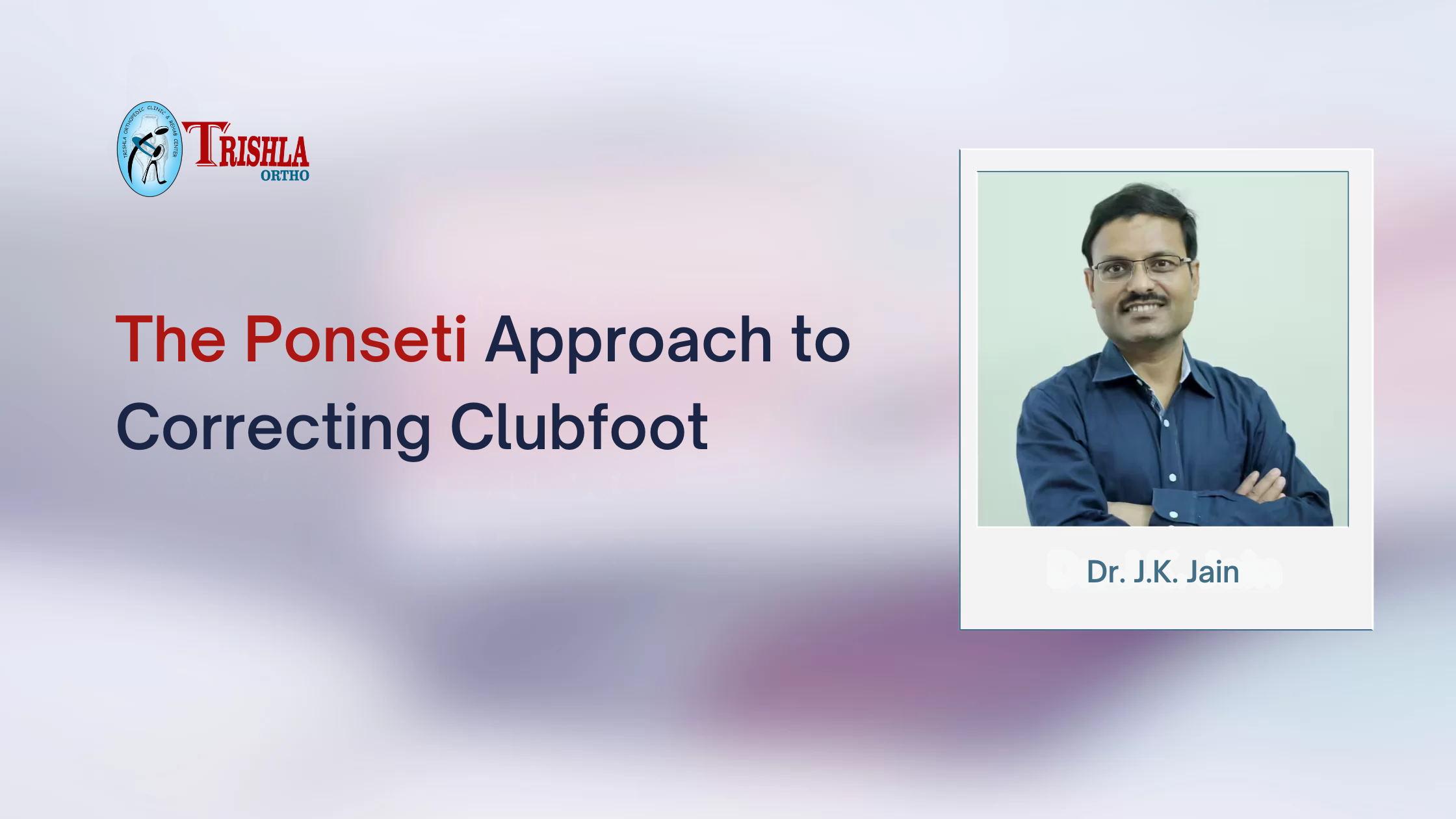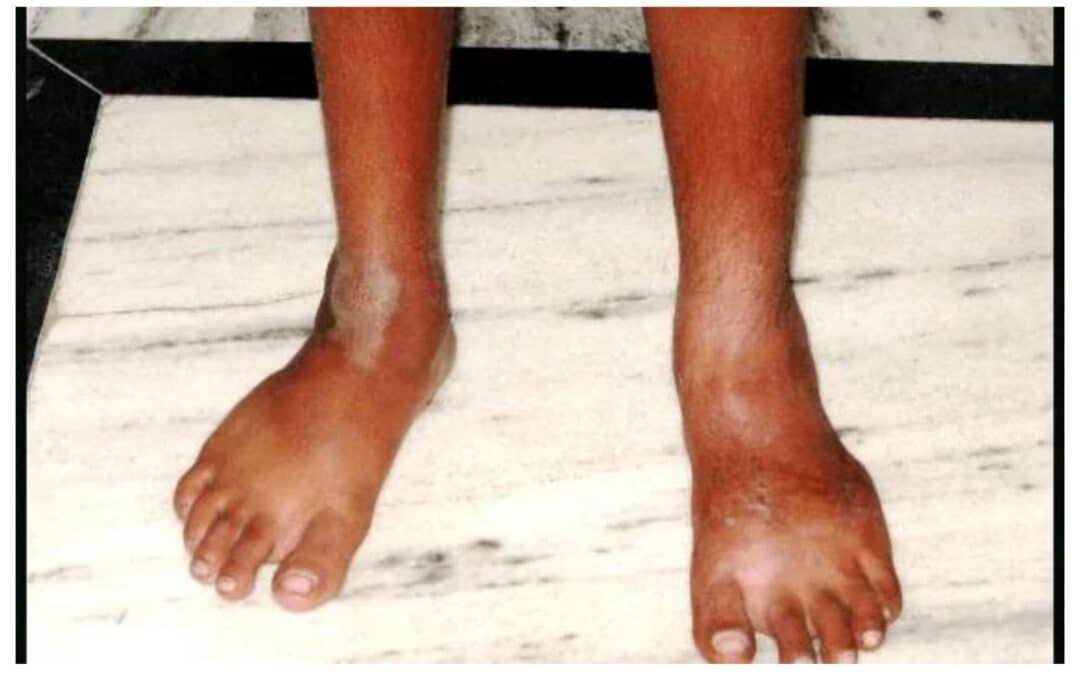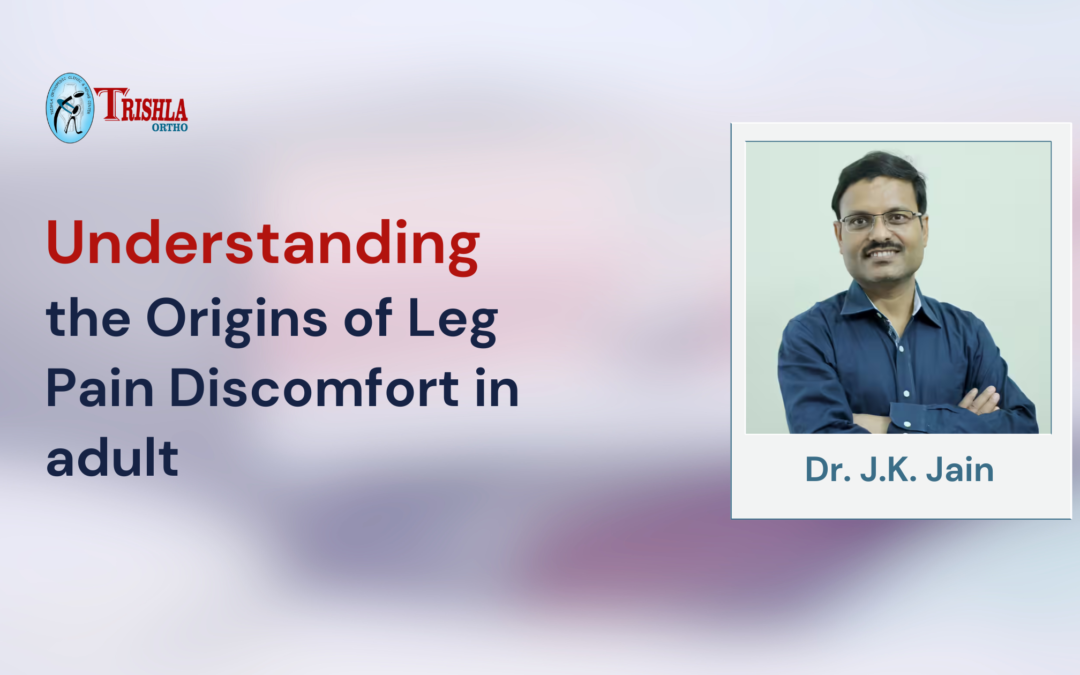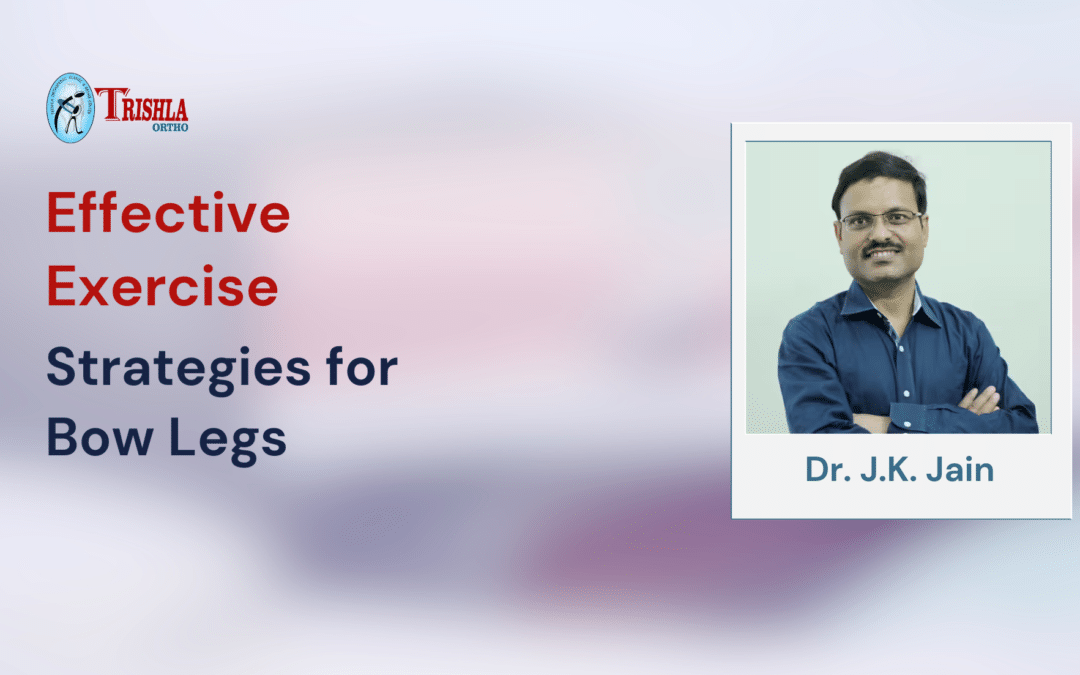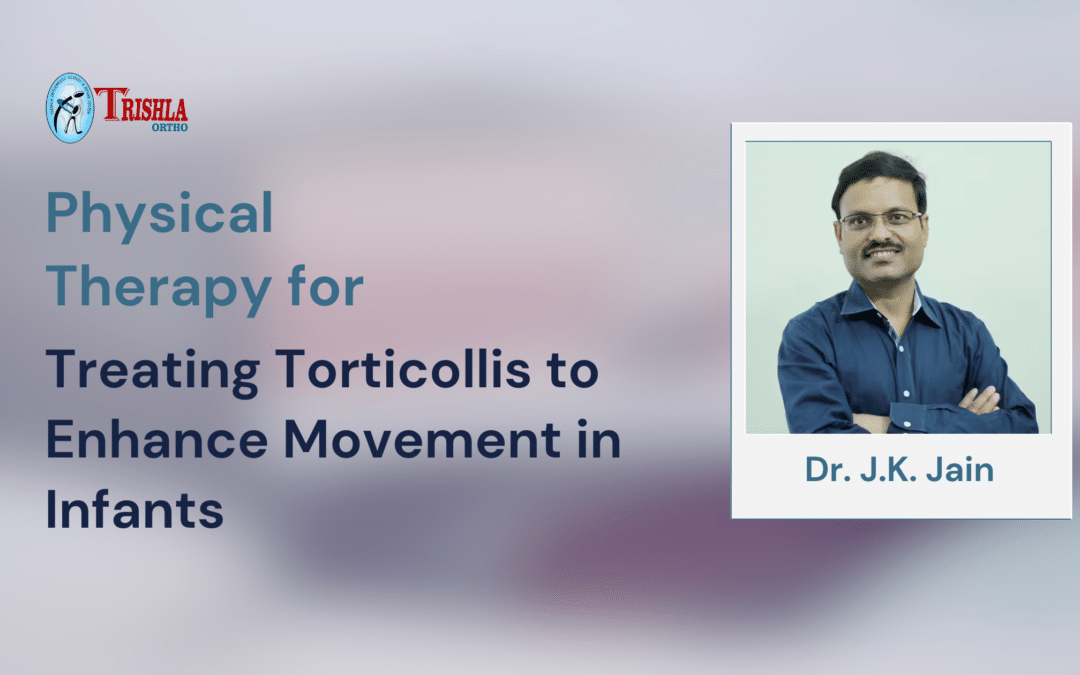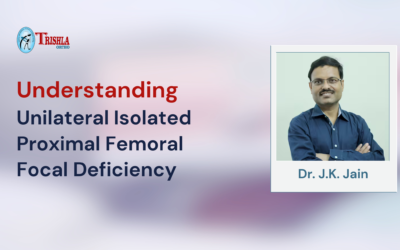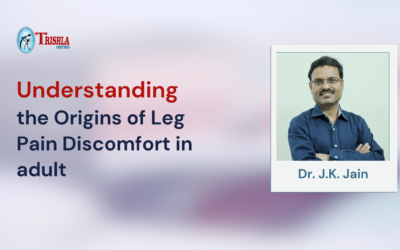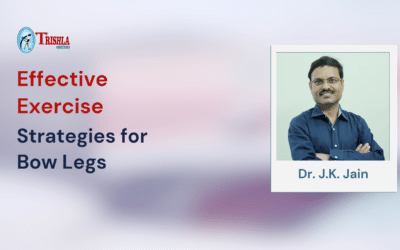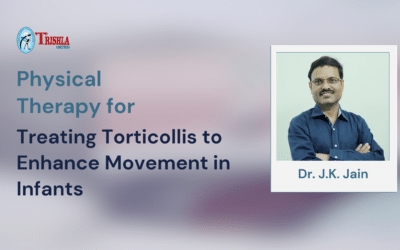The Ponseti Approach to Correcting Clubfoot
Club foot issues in children can be a cause for worry for the parents. Its incidence is .5 to 2 per 1000 live births. Early recognition & early start of treatment always give excellent results. Treatment can start any time after birth.
CTEV treatment from a specialized doctor is the key to helping your child recover from the condition and lead a healthy life. So make sure you get in touch with the right specialist as early as possible.
Understanding Ponseti method
The poinsettia method has now become quite common and is a widely practiced technique for the treatment of clubfoot during the early stages, especially in the case of infants. When the physician follows the treatment meticulously, the parents can expect optimal results within a short time.
In simple words, the onset method is a series of casting and orthotic bracing treatments. They are done to permanently and non-surgically correct the club foot condition in the case of infants.
However, it is important to understand the right time to consult a good orthopedic doctor in Allahabad to start treatment. Generally, it is recommended to begin the treatment within the first few weeks of life to correct the clubfoot issues without any need for any major reconstructive surgery.
Here, the pliable tissues of the newborn foot, including the tendons, ligaments, and joint capsules, will yield to gentle manipulation and the casting of the foot at weekly intervals.
Often, the parents have a question as to how long the treatment will take to correct the issue. It is vital to know that initial casting takes about 6 to 8 weeks, while there is also a period of 2-year duration during which the baby needs to wear a removable orthotic at least 23 hours a day. After this, the child needs to continue with orthotic treatment for sleep until he turns five years old.
Stages of the Ponseti method
The corrective process for club foot issues can be divided into 2 phases
- The treatment phase is the time during which the deformity is completely corrected.
- The maintenance phase happens when the doctor says it’s time to use braces to prevent the recurrence of the situation.
During each phase, special attention is paid to the technique for minimizing the possibility of incomplete correction or reoccurrence of the situation in the kids.
Treatment phase
The treatment phase needs to begin as early as possible. So make sure you book an appointment with the best orthopedic doctor in India to get your child’s treatment done by the best. It is advised to begin the treatment within the first week of life.
During this time, casting and general manipulation are done every week. Each of the casts holds the foot in the correct position, allowing it to gradually shape properly. Now, after 5 to 6 casts, there will be a correct alignment of the angle and the foot. Tendoachilis ( heel card) per-cutaneous tenotomy. It is at this time that the final cast for 3-4 weeks is used.
Maintenance phase
The final cast will stay in place for about three weeks, after which the foot will be placed on a removable orthotic device. It needs to be worn 23 hours a day for the next 24 months followed by use during naps and night times until the child turns five years old.
Failure to wear the device correctly may result in the recurrence of clubfoot. But the good news is it has been demonstrated that the treatment offers long-term results, and the foot function is comparable to a normal foot.
Maintenance and prevention of club foot reoccurrence
Once the final cast is removed, the infant is placed into foot abduction orthosis, also known as a poinsettia brace. Here, this special brace will include ponseti shoes that are mounted to a bar. This maintains the feet in the corrected position.
It is crucial to note that the child needs to wear the brace 23 hours a day for 18-24 months. Afterward, the child needs to wear it at night while sleeping until five years of age. There have been multiple studies that show a high risk of recurrence of clubfoot if the brace is not worn properly or according to the guidelines.
Regardless of the reason behind the concern, the recurrence of clubfoot will be zero when the bracing regimen is followed in the right way. So make sure you consult a good orthopedic doctor in Allahabad who will be there to assist you with the entire process, as it will make things easy, and you will be able to offer your child proper care and recovery.
How do you take care of the baby in the ponseti cast?
When the babies are on the treatment, they need to be sponge-bathed as the casts are not waterproof. The doctor will generally place a moleskin at the top of the cast for softness and to avoid skin irritation.
Also, the moleskin can be replaced if there is a leaky diaper. Keep in mind the cast can be a bit bulky, but there won’t be any difficulty in putting a baby or an infant in the cast. It is just like putting them in a stroller or a car seat. Just make sure you follow the procedure correctly so that your child recovers faster and the treatment is successful.
Often, it is seen that once the cast treatment is complete and you follow the routine properly for your child, then the ponseti method will be successful in about 90% of the cases.
Conclusion
If you see your child suffering from clubfoot and you need to begin the CTEV treatment, then consulting Trishla Ortho will be the best. Their specialized team of doctors will be there to offer you great support.
They will ensure your child gets a customized treatment plan that helps him in the recovery process. The experts understand different levels of club foot issues and will offer the best treatment possible for your child to recover faster and better.
